Table of content
Anji White Tea, renowned for its delicate flavor, luminous jade-green hue, and health-enhancing properties, is a gem among Chinese green teas. Despite its name, it is not a white tea but a green tea variety cultivated in the misty mountains of Anji County, Zhejiang Province. Its unique processing method—which involves minimal oxidation—preserves its vibrant color and fresh, grassy aroma. To fully appreciate its subtleties, mastering the brewing process is essential. This article delves into the history, science, and techniques behind brewing Anji White Tea to perfection, ensuring every sip is a revelation.
A Brief History and Origin
Anji White Tea’s story begins in the 1980s when a rare tea bush was discovered in Anji’s forests. Unlike traditional green teas, its leaves boast a striking silver-green shade due to low chlorophyll content, a genetic quirk that also reduces bitterness. Local artisans perfected a production method involving steaming or pan-frying the leaves to halt oxidation, followed by meticulous drying. This results in a tea that is both visually stunning and incredibly smooth. Today, it is celebrated globally, yet its brewing nuances remain a subject of fascination for connoisseurs.
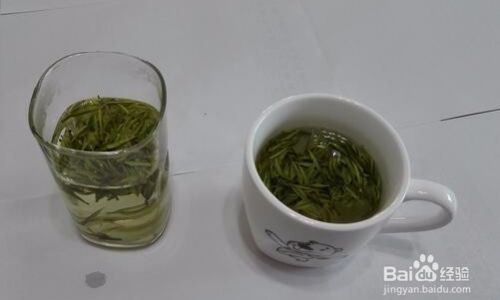
Understanding the Tea’s Character
Before diving into brewing techniques, it’s crucial to grasp Anji White Tea’s unique traits. Its leaves are tender, plump, and covered in fine white hairs, which contribute to its milky appearance when brewed. The flavor profile is ethereal—think fresh cucumber, chestnut, and a hint of floral sweetness. Unlike robust green teas like Longjing, Anji White Tea is forgiving, rarely becoming astringent if brewed correctly. However, its subtlety demands precision; oversteeping or incorrect water temperature can flatten its nuances.
Selecting the Right Tea Leaves
The journey to a perfect cup starts with sourcing high-quality Anji White Tea. Authentic varieties are harvested in early spring, typically between late March and April, when the first tender buds emerge. Look for leaves that are uniform in size, silvery-green, and emit a fresh, grassy fragrance. Avoid teas with yellowed leaves or a dull aroma, as these indicate improper storage or aging. Opt for loose leaves rather than tea bags, as they offer greater control over brewing and retain more complexity.
The Role of Water Quality and Temperature
Water is the unsung hero of tea brewing. For Anji White Tea, use soft, filtered water or spring water to avoid mineral aftertastes that clash with its delicate flavor. Avoid distilled water, as it lacks the minerals needed to coax out the tea’s full potential.
Temperature control is paramount. Boiling water (100°C/212°F) will scorch the leaves, releasing bitterness and masking the tea’s inherent sweetness. Instead, aim for 80–85°C (176–185°F). To achieve this without a thermometer, boil water and let it cool for 3–5 minutes. Alternatively, pour a small amount into the teapot to preheat it, then discard the water before adding the leaves.
Choosing the Ideal Teaware
The right vessel enhances both the brewing process and the drinking experience. For Anji White Tea, consider these options:
- Glass Teapot or Gaiwan: Transparent vessels allow you to admire the leaves unfurling, a mesmerizing spectacle. Glass also retains heat moderately well without trapping odors.
- Porcelain Teapot: Neutral in flavor, porcelain ensures the tea’s purity shines. Its heat retention is excellent for multiple infusions.
- Ceramic Teapot: Aesthetically pleasing and versatile, ceramic maintains a consistent temperature.
Avoid metallic teapots, as they can impart a metallic tang. Regardless of the material, ensure the teapot is preheated to stabilize the brewing temperature.
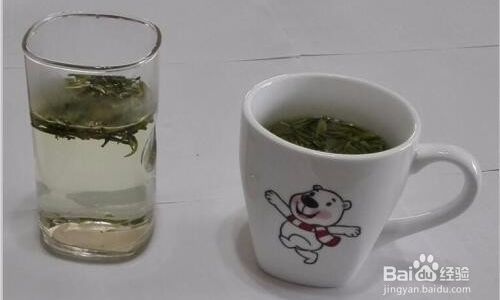
Step-by-Step Brewing Guide
Preheat the Teaware
Rinse the teapot and cups with hot water to warm them. This prevents temperature shock when brewing, ensuring even extraction.
Measure the Tea Leaves
Use 3–5 grams of tea per 150ml (5 oz) of water. Adjust based on personal preference; fewer leaves yield a lighter brew, while more create a richer flavor.
Awaken the Leaves (Optional)
Some enthusiasts recommend a brief “rinse” by pouring a small amount of hot water over the leaves and immediately discarding it. This step is debated, as Anji White Tea’s leaves are tender and may lose flavor prematurely. Proceed with caution.
First Infusion
- Temperature: 80–85°C (176–185°F)
- Time: 1–2 minutes
- Technique: Pour the water gently in a circular motion to ensure even saturation. Cover the teapot to retain heat.
Subsequent Infusions
Anji White Tea rewards patience with multiple infusions, each revealing new layers of flavor. Increase steeping time by 30 seconds to 1 minute per subsequent brew.
- Second Infusion: 1.5–2.5 minutes
- Third Infusion: 2–3 minutes
- Fourth Infusion: 3–4 minutes
The tea’s flavor will evolve from crisp and vegetal to sweeter, nuttier notes.
Serving and Enjoying
Pour the tea into small cups to appreciate its aroma and color. Sip slowly, allowing the liquid to coat the palate. Notice the tea’s texture—creamy and smooth, with a lingering sweetness.
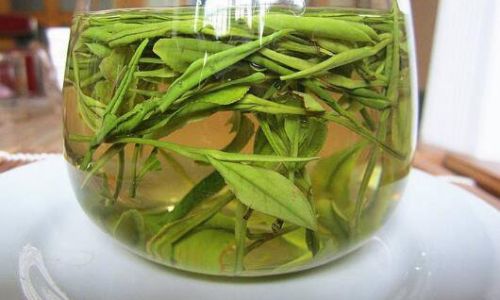
Common Mistakes to Avoid
- Using Boiling Water: Scorches the leaves, leading to bitterness.
- Overcrowding the Teapot: Too many leaves restrict water flow, causing uneven extraction.
- Ignoring Water Quality: Hard water or chlorine-treated water ruins the tea’s purity.
- Skipping Preheating: Cold teaware cools the water too quickly, weakening the brew.
- Oversteeping: Even a few extra seconds can turn the tea astringent.
Exploring Variations and Pairings
Anji White Tea’s versatility extends beyond traditional brewing. Experiment with:
- Iced Tea: Brew a strong concentrate, then dilute with cold water and garnish with mint or lemon.
- Latte: Mix a small amount of tea with steamed oat or almond milk for a creamy twist.
- Food Pairings: Complement its freshness with light dishes like steamed dumplings, sushi, or fresh fruit.
Health Benefits and Cultural Significance
Beyond its culinary appeal, Anji White Tea is revered for its health-promoting properties. Rich in antioxidants like catechins and polyphenols, it may support metabolism, reduce inflammation, and enhance mental clarity. In Chinese culture, tea ceremonies are meditative rituals that foster mindfulness—a practice perfectly aligned with Anji White Tea’s tranquil character.
Conclusion
Brewing Anji White Tea is an art that balances precision with intuition. By respecting the tea’s delicate nature—through careful leaf selection, water mastery, and mindful steeping—you unlock a beverage that transcends mere refreshment. Each cup becomes a journey through misty mountains and ancient traditions, a testament to the harmony between human craft and nature’s bounty. Whether you’re a seasoned tea enthusiast or a curious novice, the pursuit of the perfect brew invites patience, practice, and a deep appreciation for the subtle wonders of Anji White Tea.
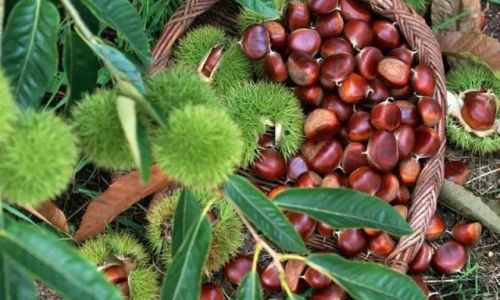
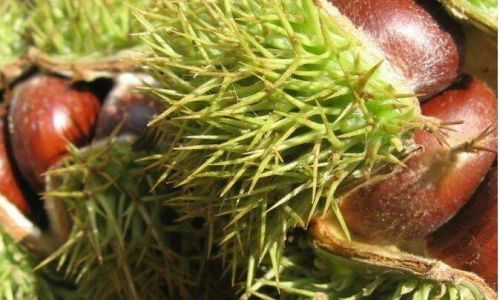
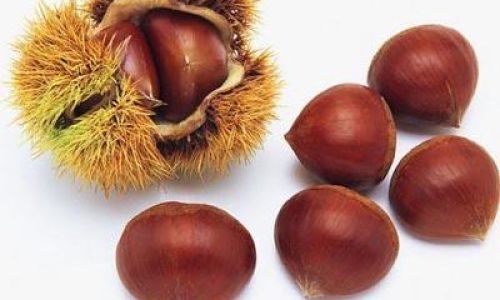
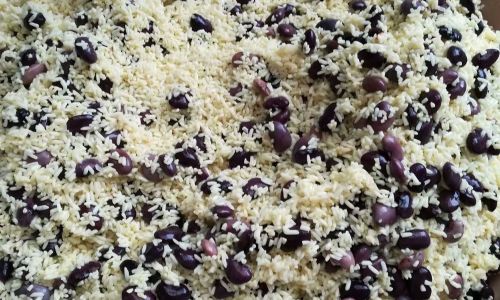
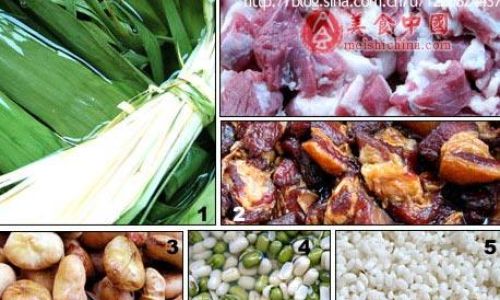

0 comments